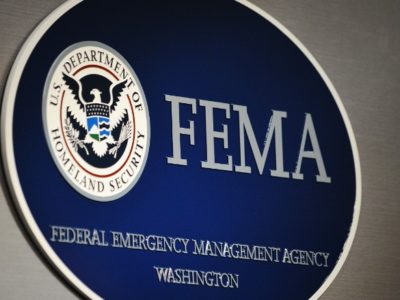Putting the Squeeze on Coal
It’s not enough to eliminate coal-fired plants. We have to cut back on coal production and sale.
Coal use by American utilities has declined sharply and will continue to decline. But we shouldn’t focus solely on U.S. emissions. But the industry also exports coal, and there’s been a big surge in coal exports in the past two years, much of it involving India. So it’s not enough to curtail coal use in the U.S. We also need reduce coal production. There’s been progress in that direction, but we still have a long way to go. Coal production is down about 25% since 2012, but the past two years appear to have been flat. Current production – about 750 million tons a year – is still much too high. What’s to be done?
End the Great Coal Giveaway.
About 70% of total coal production comes from public lands, accounting for a major chunk of U.S. domestic emissions. As a recent law review article by Jayni Hein documents, the government essentially subsidizes coal production by charging well below the fair market rate for coal leases. (Jayni was previously Executive Director of CLEE, now in a similar position at NYU). The pricing for coal leases is rigged in favor of the industry in several ways. The minimum bid price hasn’t changed since 1982, and it’s actually gone down by half if you adjust for inflation. Because 90% of lease auctions are non-competitive, prices are actually determined by the lowest bid the government is willing to expect. That’s supposed to be based on fair market value, but since there’s so little competition, the fair market value is hard to determine. The government tries to calculate fair market value from projected future revenue, but doesn’t seem to do a great job at that.
Eighty percent of the revenues comes from royalty payments rather than up-front payments. After the mine is in operation, the general royalty rate (12.5%) is below that of other countries, and about a third of all leases get exempted and pay even less.
The whole system is badly in need of reform. Coal leases should go for the same price that a private landowner would get for mineral rights. One bit of good news: since this issue involves revenue, fixing the system for coal leasing could be included in a reconciliation bill and avoid the threat of filibuster.
Mandate Pollution Reduction in Coal Production.
Mining coal is an environmentally destructive activity. When the coal is burned, of course, it contributes to climate change and causes serious public health impacts – much of it in the U.S., in the case of U.S. coal production.
But there are a host of other externalities that take place long before the coal is burned. Mines cause large land disturbance, interfering with wildlife. Mountain top mining, where the entire top of a mountain is removed, is the most extreme example. Coal mining is responsible for 10% of U.S. methane emissions. It’s also a significant source of particulate pollution and can pollute waterways and sensitive habitat with acid mine drainage. Coal mining also uses a significant amount of water for dust control, extraction, and processing, which reduces the most amount of water available in arid areas for other uses, including habitat.
Existing federal regulations aren’t tough enough to keep all of these externalities under control. And rather than trying to keep mining away from sensitive lands, the Trump Administration is busying itself opening up additional areas to coal production. Given that the product itself causes such widespread harm, there’s even less reason to tolerate harm in the production process too. Regulations need to be tightened up and more, not fewer, sensitive lands need to be removed from leasing. The Obama Administration had the right idea with a moratorium on leasing. The ultimate goal should be a complete phaseout.
Regulate Coal Transportation.
Seventy percent of all train traffic in the U.S. is coal, so there’s significant air pollution and carbon emissions from burning all that diesel. State governments have limited power to regulate this pollution. Coal handling facilities also have serious local impacts. A recent study concluded that: “Coal stockpiles emit fine particulate pollution in several ways. First, wind blowing over uncovered coal stockpiles results in fugitive coal dust emissions that are a source of PM2.5. Second, coal stockpiles emit volatile gases that can also lead to formation of PM2.5.” At coal export facilities, coal dust can also end up in the water, contributing to water pollution. And the ships that pick up coal burn more diesel, contributing to air pollution, often in urban port areas that have serious pollution problems anyway. As a first step, localities should be given the power to regulate coal facilities or exclude them entirely.
Conclusion.
We need to ramp down coal production. It’s true that we have enough coal reserves to last for centuries. But having plenty of something in reserve is only useful if the thing itself is beneficial. When something like coal causes harm and has more economical, safer alternatives, having vast reserves is like having huge amounts of sewage – a problem rather than a blessing. The sooner we can reduce coal production and use, the better.







Reader Comments